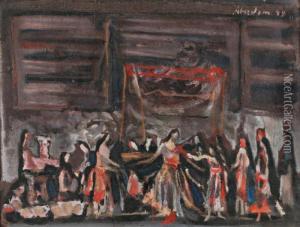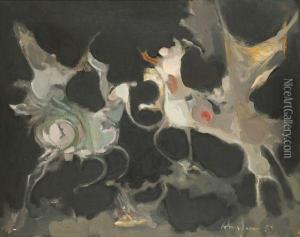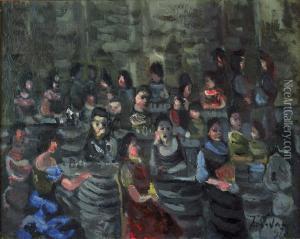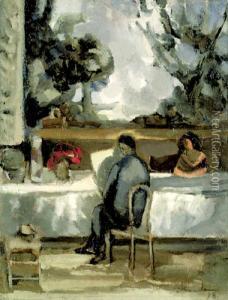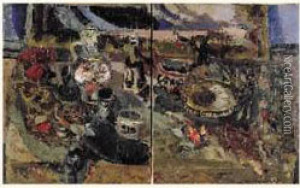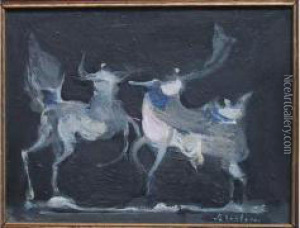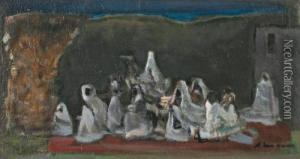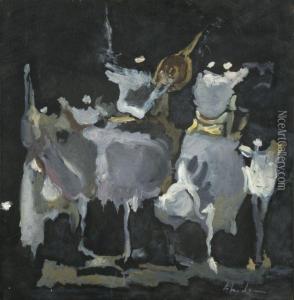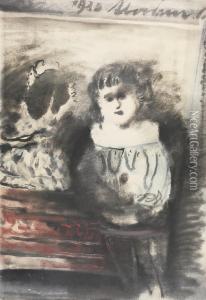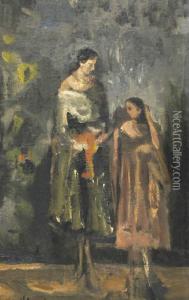Alfred Aberdam Paintings
Alfred Aberdam was a Jewish-Polish painter associated with the School of Paris, an umbrella term used to describe the community of artists living and working in Paris during the first half of the 20th century. Aberdam was born on February 17, 1894, in Drohobycz, which was part of the Austro-Hungarian Empire at the time and is now situated in Ukraine. He was raised in a culturally vibrant environment that would later influence his artistic pursuits.
Aberdam's artistic education began in Vienna and continued at the Kraków Academy of Fine Arts in Poland, where he studied from 1912 to 1914. His studies were interrupted by World War I, during which he was imprisoned in Russia. After the war, he relocated to Lviv, where he resumed his artistic activities and was a part of the local avant-garde scene. In 1921, he moved to Paris, which was then a beacon for artists from all over the world seeking creative freedom and inspiration.
In Paris, Aberdam became part of the thriving artistic community in Montparnasse. He associated with other Eastern European Jewish artists and became involved in the École de Paris movement. His work during this period primarily consisted of figurative paintings, characterized by expressive use of color and often focusing on themes of Jewish life and suffering. He exhibited at various salons and galleries throughout his career, including the Salon d'Automne and the Salon des Indépendants.
Aberdam's work evolved over time, showing influences from both Cubism and Expressionism, and later incorporating elements of abstraction. Despite the challenges he faced, including the anti-Semitic climate of the interwar period and the outbreak of World War II, he continued to paint. During the war, Aberdam was active in the French Resistance, and his art from this period was marked by the tumultuous events unfolding around him.
After the war, Aberdam's work received more recognition, and he participated in numerous exhibitions in France and abroad. His paintings were deeply personal, often reflecting his own experiences and the broader sufferings of the Jewish people during the 20th century. He continued to work until his death on March 25, 1963, in Paris.
Alfred Aberdam's legacy is that of an artist who was deeply affected by the historical events of his time, and who channeled his experiences into a body of work that was both expressive and poignant. His paintings are held in several museum collections and continue to be appreciated for their emotional depth and historical significance.
